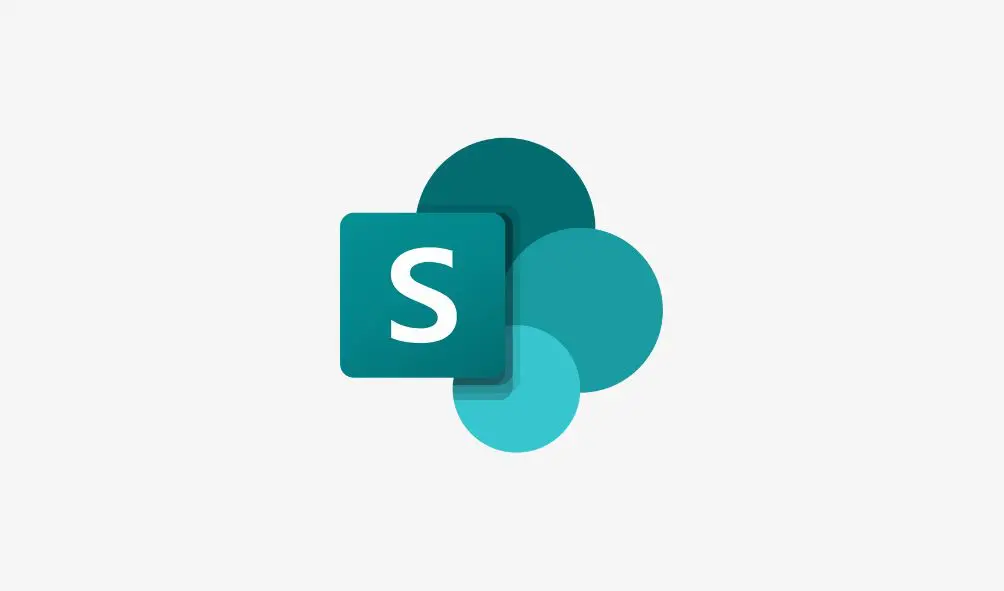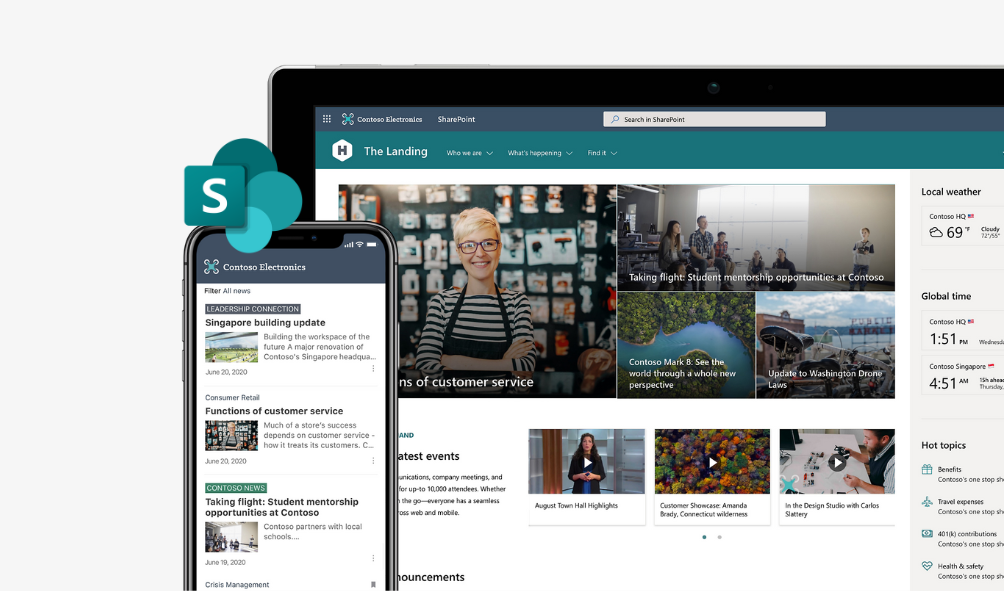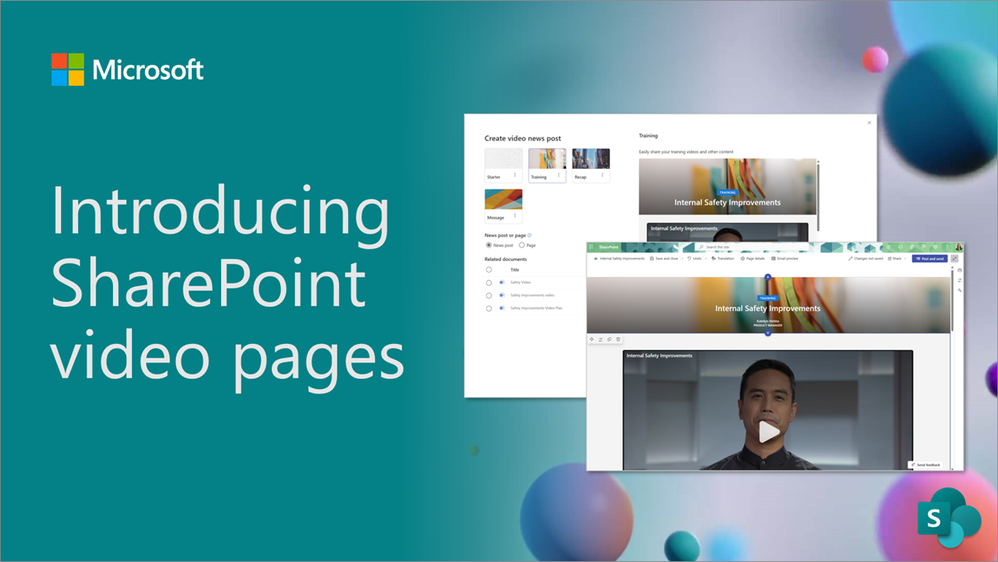Despite the obvious benefits that come from using SharePoint Online, many organisations are still not in the cloud and struggle to migrate to a modern SharePoint environment. A SharePoint migration is by no means an easy process. However, we’ve tried to simplify the key steps that should keep you right. In this article we will show you how to migrate to SharePoint Online in seven steps.

How to migrate to SharePoint Online – Step 1 – Pre-migration
As you begin your journey towards a successful SharePoint migration, the first stage should focus on planning. Prepare for change and create a detailed migration plan to help you avoid potential errors and reduce downtime further along the line. The three key areas you should cover are:
Decide your approach – big bang, staged or tooling
- A big bang approach would require you to move everything over from your existing set up at once. When following this approach, you have a set amount of time to complete the entire transfer. This means you should anticipate downtime of live systems as the migration is happening. The main benefit of this approach is your migration will be complete in a short period of time but be aware that it can be intense and some of your resources may be offline for a period of time.
- A staged approach would require you to move things over in phases, for example department by department. During implementation, the old system and the new are run in parallel, which eliminates downtime or operational interruptions. Processes running in real-time can keep data continuously migrating. Compared to the big bang approach, this approach can be complex. However, the added complexity — if done correctly — reduces risks, rather than adding them.
- Tooling would require using a SharePoint migration tool (SPMT), ShareGate or a manual lift and shift.
Engage your key business areas with workshops – don’t leave anyone in the dark and ensure everyone is clued up and on the same page.
Step 2 – Discovery
This stage is all about looking at everything you have. Here you will be collecting data that you will then use to help determine your strategy and plan for migrating. Take stock of all the content that’s in the source including sites, lists and libraries, users, permissions and metadata. The more information you have, the easier your migration will be. There are tools such as PowerShell to help you get all the information you need.
Step 3 – Clean-up stage
Quite possibly the most dreaded stage for people is the clean-up, but to ensure an organised and tidy SharePoint environment that will be easier to adopt down the line, this stage is essential. We recommend you check your data thoroughly and remove or mark any data that’s no longer valued or valuable to the business. We always try to encourage businesses to try at the very least to leave some stuff behind as it speeds up the process and reduces costs.
Step 4 – Prepare your environment
Make sure an Office 365 tenant is in place with appropriate licensing because if you don’t have the right licenses, your users might not have the right experience when the move is complete. We recommend the Enterprise licenses, depending on what you need, but there are cheaper licenses available. This stage is a good opportunity to build architecture using modern methods.
Step 5 – Get your users ready
Do your users know why you are making the move? Ensure everyone in the business understands the reasons for migration. During this stage it is useful to think about what you’ll be offering in terms of training and support and how this will feed into reaching your long-term goals. You don’t need bespoke materials for this part as Microsoft provide videos and really well supported training materials.
Step 6 – Migrate
Now comes the part we’ve been working towards – the migration. Once the prep is complete, migrate the data using the tool you have chosen, giving regular updates to stakeholders and making sure users are communicated with throughout the process.
Step 7 – Service adoption
You’ve done the hard part; now how do you tell people what’s happening? Here are four key points you should consider:
- Manage expectations when it comes to the migration
- Allow time for testing and training
- Create realistic goals and map out what success looks like – then take small steps to get there.
- Look for resources to help with service adoption. Microsoft provide a range of free resources you can use to ensure you have all bases covered.
There you have it, seven steps on how to migrate to SharePoint successfully.
As a SharePoint partner we bring a wide range of experience helping organisations unlock the benefit of SharePoint. From migrating organisations to SharePoint for the first time or helping to design and govern their SharePoint environment, Bridgeall are here to help. Request a free SharePoint briefing or contact us.



